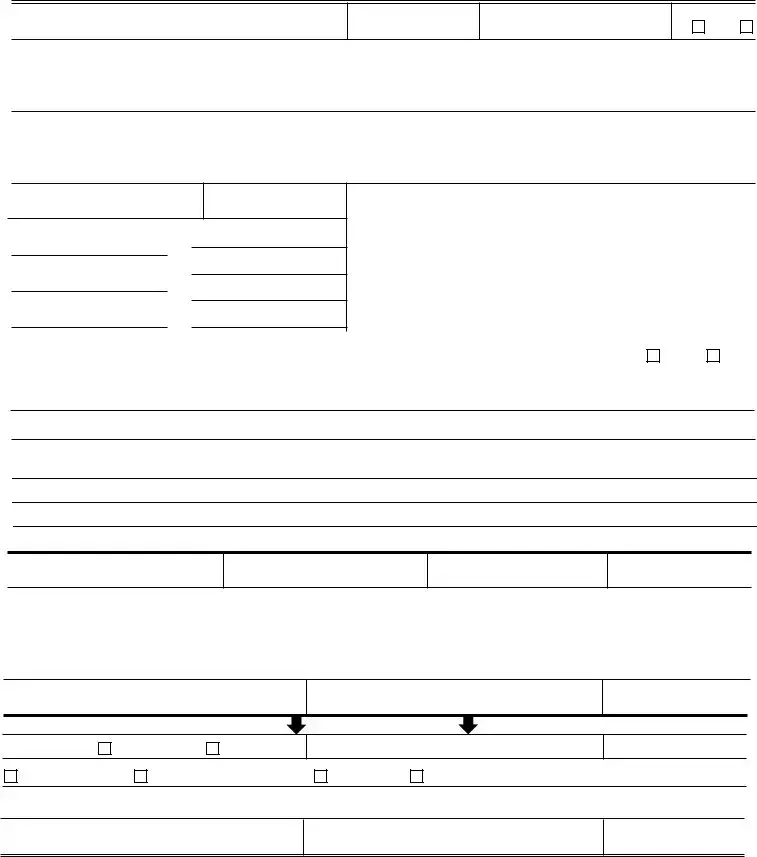What is the purpose of the Connecticut A-62 form?
The Connecticut A-62 form is an application for a special permit that allows individuals whose driving privileges have been suspended to operate a motor vehicle to and from their place of work. This special permit is part of the Department of Motor Vehicles' effort to provide relief to those who have faced suspension but demonstrate a clear need to maintain employment, provided their driving does not endanger public safety.
Who needs to fill out the A-62 form?
Individuals whose driver's licenses have been suspended in the State of Connecticut and require the use of a motor vehicle to commute to and from their workplace need to complete the A-62 form. This includes those who are self-employed but need to travel as part of their business activities.
Is there a fee associated with the A-62 application?
Yes, there is a $100.00 non-refundable application fee for the A-62 form. The fee must be submitted in the form of a check or money order made payable to the DMV alongside the application.
Can the A-62 permit be used for any type of vehicle operation?
No, the A-62 permit specifically prohibits the operation of motor vehicles that require a Commercial Driver’s License (CDL) or are used for Public Passenger Transportation. Its use is strictly limited to personal commuting between an individual's home and workplace.
What information is required on the A-62 form?
The A-62 form requires comprehensive personal information, including the applicant's name, date of birth, operator license number, mail, and residential addresses. Employment information, including the employer's name, address, occupation, and detailed work schedule, must also be provided. Additionally, applicants must describe any significant hardships they would face without the permit and the efforts they have made to find alternative transportation.
How does the Connecticut DMV evaluate A-62 applications?
The DMV reviews the applicant's official driving record, confirming employment, and evaluating the necessity of the special operator's permit based on the hardship described. Inability to confirm employment, lack of significant hardship, or evidence that public transportation could serve the applicant's commuting needs might result in the denial of the application.
What are the consequences of misusing an A-62 permit?
Misuse or alteration of the A-62 permit, or operating a vehicle outside of the authorized hours and purposes, will result in criminal penalties, a civil penalty of up to $500, or double the penalties imposed by law. This strict enforcement ensures that the special permit is used responsibly and within the parameters set by the DMV.
What happens if my driver's license gets suspended again while holding an A-62 permit?
If an individual's license is suspended for another reason while they possess the A-62 permit, the permit is immediately revoked. Continuing to operate a motor vehicle thereafter subjects the individual to more severe penalties, in accordance with the law. This clause underscores the permit's conditional nature, contingent on maintaining eligibility criteria.
Can an application for the A-62 permit be denied, and will I be informed of the reason?
Yes, an A-62 permit application can be denied for reasons such as a lack of significant hardship, ineligibility based on the applicant’s driving history, or the availability of public transportation alternatives. The DMV will provide the specific reasons for any denial, as stated on the reviewed application, to ensure transparency in the decision-making process.
